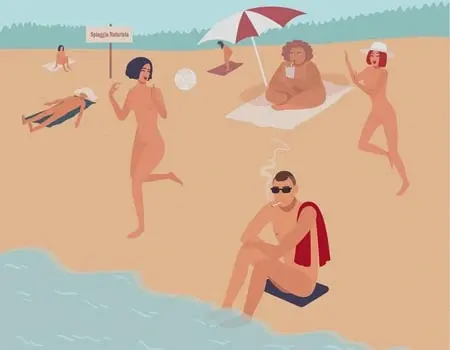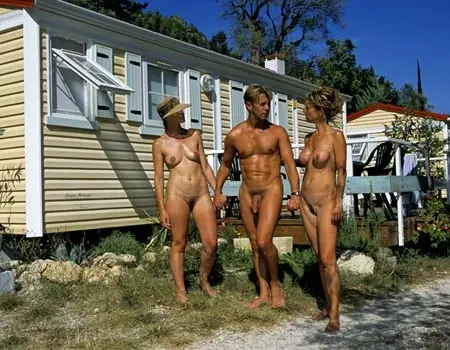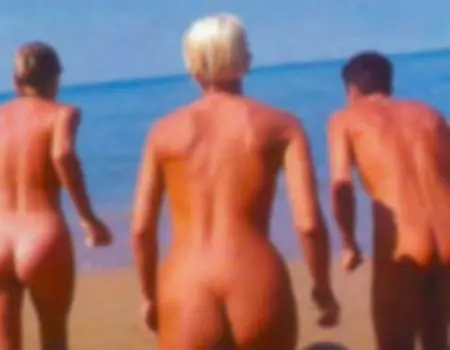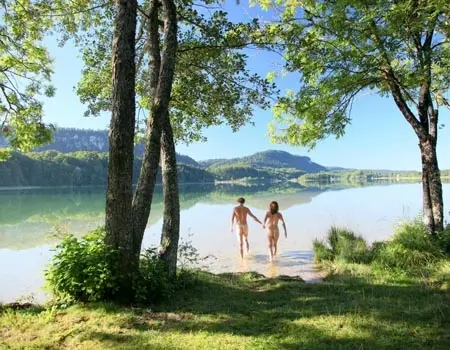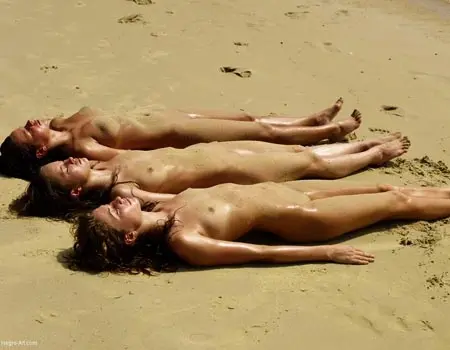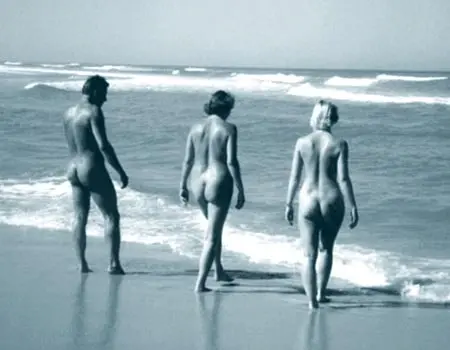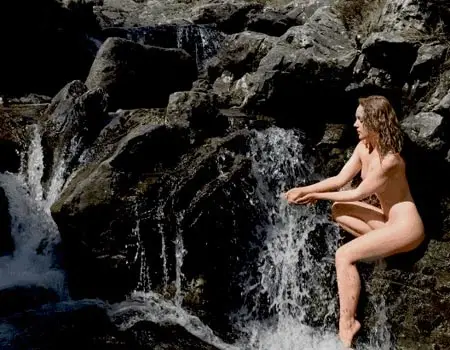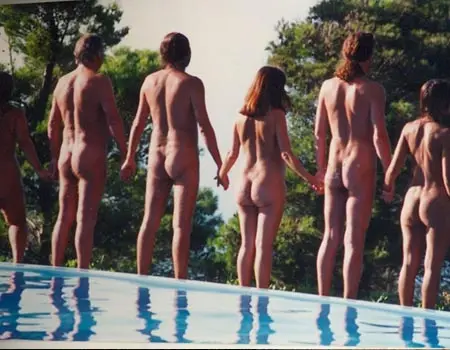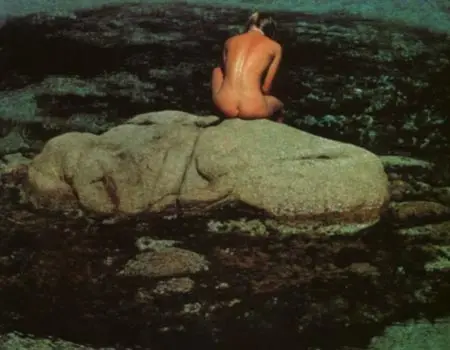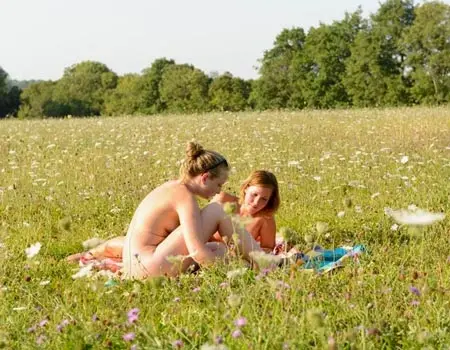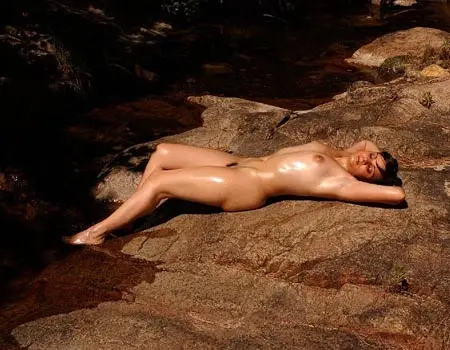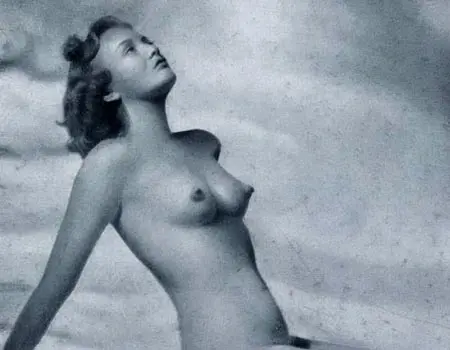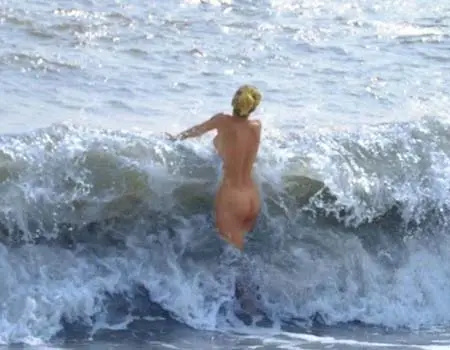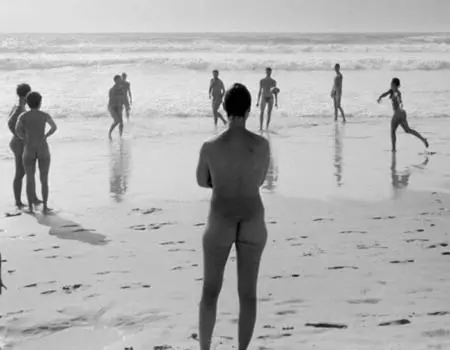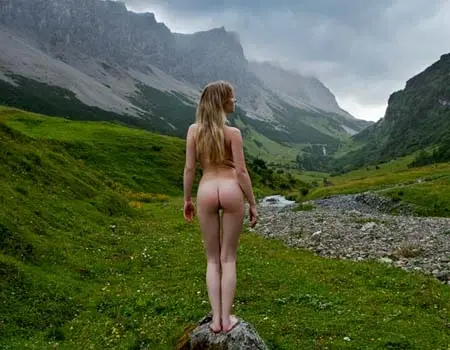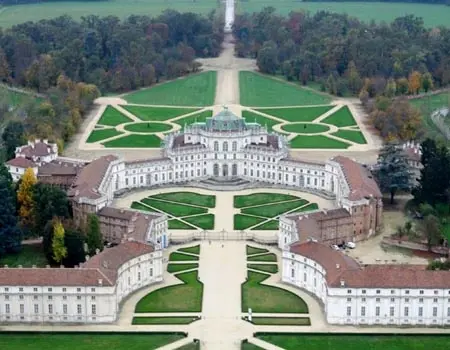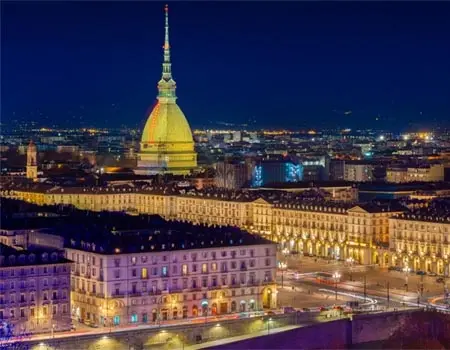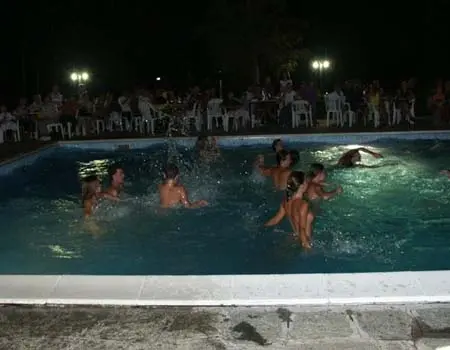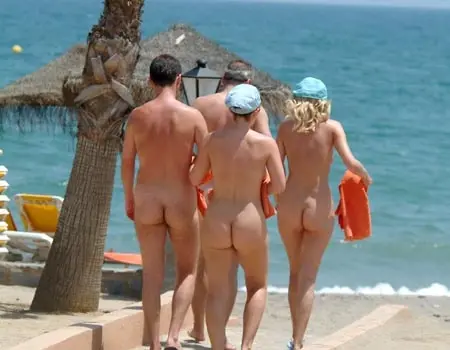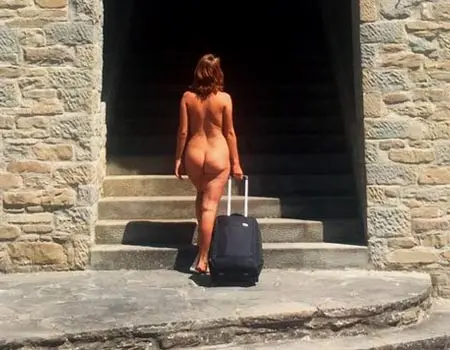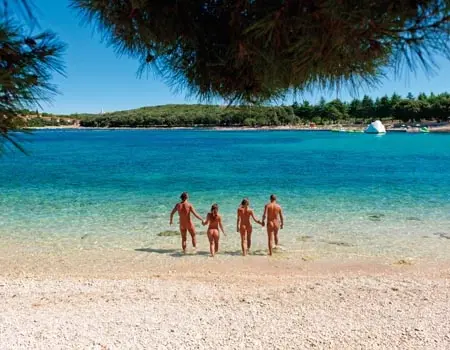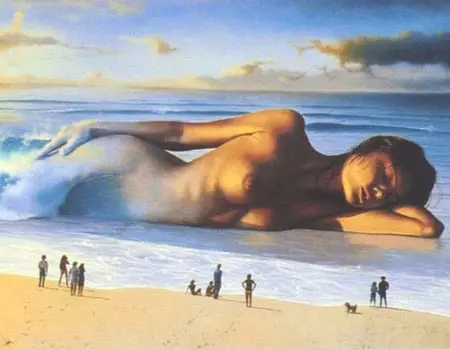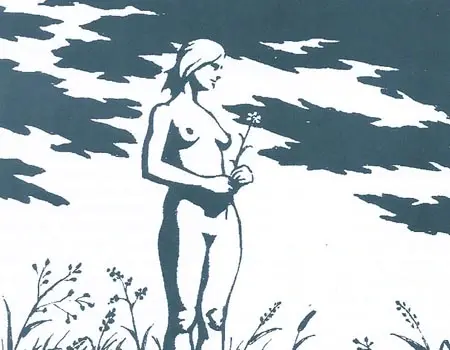The Sacra di San Michele
With this issue we want to start a new section devoted to the beautiful things one should see near our naturist grounds.
The idea is to give our foreign guests (but perhaps many domestic too) some suggestions about the most interesting places, under an historical, artistic or naturalistic perspective, that they should visit during a hoUday spent with us, redesigning the geographical inmation starting from the closest naturist site.
The idea is to give our foreign guests (but perhaps many domestic too) some suggestions about the most interesting places, under an historical, artistic or naturalistic perspective, that they should visit during a hoUday spent with us, redesigning the geographical inmation starting from the closest naturist site.
The Sacra di San Michele evokes beauty, charm, and mystery - that mystery that has enveloped it right from its construction, which occurred between 983 and 987 AD. It is an imposing abbey that, challenging the principles of physics, dominates the peak of Mount Pirchiriano, at the entrance to the Valle di Susa. It is a wonderful place, dense with spirituality; originally protected by the Benedictine monks, since 1837, it has been entrusted to the Rosminian Fathers.
The history, the spiritual value, and landscape that surrounds it inspired Umberto Eco to write his best-seller The Name of the Rose and make the Sacra a popular destination for visitors from all over Europe. We are 100 kingwards to collecting your comments on this initiative, and moreover to host on these pages someone who takes the lead with some advices concerning the beauties of the rest of Europe.
Let's start then From a destination beloved by those who live in Piemonte: the Shrine of Saint Michael, one of the biggest complexes of the religious romanic architecture in Europe, easily reachable by those who have chosen the Le Betulle Naturist camping-resort of La Cassa as a starting point.
Leaving the central square of the town, drive towards Alpignano (through Givoletto-Brione-Grange) and then ahead to Avigliana: from the road already you 'Il see the abbey shape on top of mount Pirchiriano (293 fi. O.s.I.).
Once at Avigliana, cross both the TorinoSusa road n. 25 and the rail track which runs parallel and fo Ilo w the signs for Laghi (lakes) and Sacra di San Michele. After a few miles of mountain route, you 'Il reach Giovanni dale Bande Nere square, used as a parking area, from which you need to continue on your feet for about 10 minutes. The Monks' Sepulchre, a ruined octagonal romanic building on the left, preludes to the impressive shrine complex, entered through the Iron Door.
The subsequent staircases leave on the left the Pilgrim's Hall, nowadays used as a conference room, and lead to the true entrance, crossing the basement which supports the church apses. The spectacular and steep Grand Stairway of the Dead takes you outside again, through the Zodiac Doorway, nicely carved at the beginning 01 XII c.
Under lour rampant arches, a static consolidation work 01 XIX c., a last stairway takes to the church s door (XII c.). The three aisles interior witnesses al!
The contributions each age gave to the architectonic building: Irom Romanesque apse, to the western spans in gothic style, to the old choir, dating back to the beginning 01 XI c., containing paintings and Irescos among which the Triptyc and the Virgin on the Throne by Delendente Ferrari (beginning olthe XVI c.).
The Terrace is worth a visit, through the Monks' Door: the view over the new monastery (XII-XIV c.) and the val!ey landscape is absolutely spectacular.
The history, the spiritual value, and landscape that surrounds it inspired Umberto Eco to write his best-seller The Name of the Rose and make the Sacra a popular destination for visitors from all over Europe. We are 100 kingwards to collecting your comments on this initiative, and moreover to host on these pages someone who takes the lead with some advices concerning the beauties of the rest of Europe.
Let's start then From a destination beloved by those who live in Piemonte: the Shrine of Saint Michael, one of the biggest complexes of the religious romanic architecture in Europe, easily reachable by those who have chosen the Le Betulle Naturist camping-resort of La Cassa as a starting point.
Leaving the central square of the town, drive towards Alpignano (through Givoletto-Brione-Grange) and then ahead to Avigliana: from the road already you 'Il see the abbey shape on top of mount Pirchiriano (293 fi. O.s.I.).
Once at Avigliana, cross both the TorinoSusa road n. 25 and the rail track which runs parallel and fo Ilo w the signs for Laghi (lakes) and Sacra di San Michele. After a few miles of mountain route, you 'Il reach Giovanni dale Bande Nere square, used as a parking area, from which you need to continue on your feet for about 10 minutes. The Monks' Sepulchre, a ruined octagonal romanic building on the left, preludes to the impressive shrine complex, entered through the Iron Door.
The subsequent staircases leave on the left the Pilgrim's Hall, nowadays used as a conference room, and lead to the true entrance, crossing the basement which supports the church apses. The spectacular and steep Grand Stairway of the Dead takes you outside again, through the Zodiac Doorway, nicely carved at the beginning 01 XII c.
Under lour rampant arches, a static consolidation work 01 XIX c., a last stairway takes to the church s door (XII c.). The three aisles interior witnesses al!
The contributions each age gave to the architectonic building: Irom Romanesque apse, to the western spans in gothic style, to the old choir, dating back to the beginning 01 XI c., containing paintings and Irescos among which the Triptyc and the Virgin on the Throne by Delendente Ferrari (beginning olthe XVI c.).
The Terrace is worth a visit, through the Monks' Door: the view over the new monastery (XII-XIV c.) and the val!ey landscape is absolutely spectacular.




